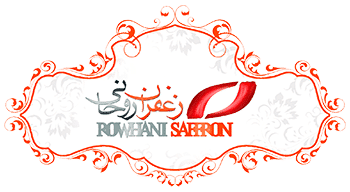Key Principles of Managing Saffron Farm Nutrition
If you have experience in cultivating saffron farms, you’re likely familiar with the saffron farm nutrition program. However, if you are new to this field, it’s essential to understand that every agricultural product requires a systematic and scientific nutritional plan. This ensures resilience against environmental conditions and optimizes production and harvest yields.
Nutritional planning in agriculture involves the precise application of fertilizers at the right times, enhancing both the strength and productivity of crops. However, fertilization alone is not sufficient. Farmers must supplement this with essential nutrients at appropriate times to maximize crop yield and quality.
Consult with experts in this domain to receive the necessary advice.
Given the scientific nature of these processes, never rely on personal judgment or unverified information to implement these steps. These processes depend on multiple factors that need to be evaluated by a qualified expert.
Here is a summary of the saffron farm nutrition program:
The program starts in August, aimed at increasing the nutrient reserves of the saffron corm, enhancing its stigma production capability.
August Program
In August, granular organic products specific to saffron are used. Between 600 and 800 kg of this product is spread across the entire field before the first irrigation to increase the nutrient reserves of the saffron corms, enhancing their stigma production capability and improving soil quality.
September Program
In September, 2 to 5 liters of liquid sulfur per hectare is applied with the first irrigation. As mentioned earlier, this step helps disinfect the soil, preventing the corms from fungal diseases, while ensuring adequate potassium supply, improving photosynthesis, and increasing resistance to environmental stresses like drought or water salinity.
October Program
In October, 10 to 15 liters of liquid humic acid per hectare is applied during the second irrigation. This significantly boosts the sprouting ability of the saffron corms.
December Program
By December, for maintaining the nutrition program, 1.5 to 2 liters of liquid calcium per hectare is used with the final irrigation. This helps prepare the saffron corms for the next year’s production.







Get Social